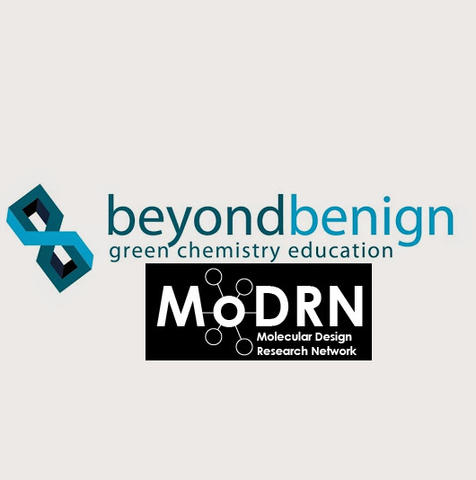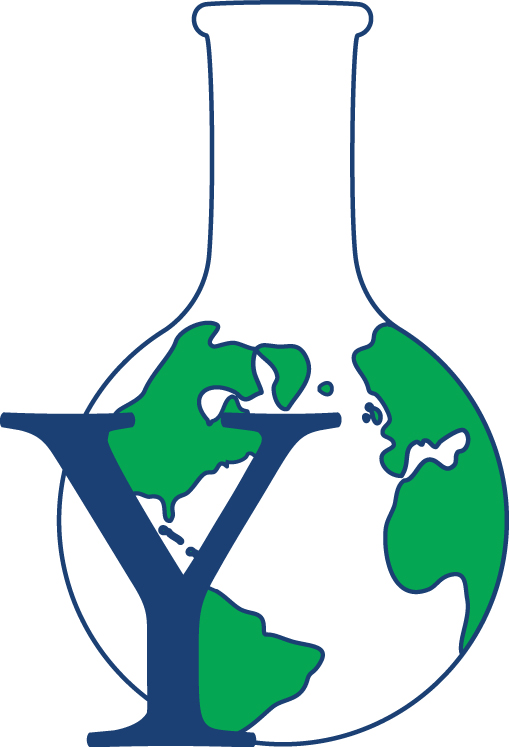
Organizers:
Dr. Amy Cannon, Executive Director, Beyond Benign, Amy_Cannon@beyondbenign.org
Dr. Karolina Mellor, Yale University, karolina.mellor@yale.edu
Session Description
Green Chemistry principles have been adopted by researchers and educators throughout academia, industry and government. Despite the wide adoption of green chemistry principles, there remains a key missing piece to a chemist’s education, that of understanding molecular hazards and toxicology. For Green Chemistry to be successfully integrated into research programs, both academic and industrial, the scientists must have a mechanistic understanding of how chemicals impact human health and the environment. Through this mechanistic understanding, scientists can design molecules that have reduced hazards to human health and the environment and ecosystem, an approach that is the best method for pollution prevention and avoiding the use and generation of hazardous chemicals.
Today, there is a movement towards teaching toxicology concepts to chemistry students within chemistry courses and programs. Some institutions have begun efforts to create their own courses on toxicology, or weave concepts into existing courses. Many institutions have shown interest in this area, but do not have the resources or knowledgebase to implement toxicology within a chemistry course or program. This symposium will highlight unique approaches for integrating toxicology and related topics into chemistry courses and programs. Faculty members will share model courses on toxicology and techniques for including toxicology concepts within existing chemistry courses. As more and more chemistry departments seek to integrate toxicology concepts into their courses and programs, there is a growing demand for educational materials and models for adoption. This symposium will serve as a means for sharing best practices, techniques, and resources to faculty looking to fill these gaps through their own curriculum and coursework.
Morning Session
9:45 – 9:50am, Introductory Remarks
9:50 – 10:50am, Opening Keynote
Green Chemistry: Invention with Intention to Avoid Harm
Dr. Paul Anastas, Yale University and Dr. John Warner, Warner Babcock Institute for Green Chemistry
10:50 – 11:10am, Weaving toxicology principles into a senior level green chemistry lecture course at the University of Minnesota, Dr. Jane Wissinger, University of Minnesota
11:10 – 11:30am, Teaching toxicology in an upper-level green chemistry course (you can, too!)
Dr. Charles Swor, Young Harris College
11:30 – 11:50am, Incorporation of toxicology instruction though a student seminar model
Dr. James Wollack, St. Catherine’s University
11:50am – 12:10pm, Working with teachers to integrate toxicology and green chemistry in high school science courses, Melissa Mullins, Baylor University
Afternoon Session
1:35 – 1:55pm, Anchoring concepts: Linking chemistry concepts to toxicology topics within introductory chemistry courses, Dr. Amy Cannon, Beyond Benign
1:55 – 2:15pm, Integrating toxicology concepts in chemistry courses: Lessons learned from industrial chemicals and environmental forensics, Dr. Brian Brooks, Baylor University
2:15 – 2:35pm, Integrating Toxicology into the Chemistry Classroom by Providing Relevance, Context, and Purpose for the Student, Dr. Grace Lasker, University of Washington
2:35 – 2:55pm, Designing a sustainable toxicology undergraduate curriculum, Dr. Dalila Kovacs, Grand Valley State University
2:55 – 3:15pm, Intermission
3:15 – 3:35pm, Product Safety Assessment Screening Tools: A Method to Integrate Principles of Toxicology into Chemistry Curriculum, Dr. Pamela Spencer, Angus Chemical Company
3:35 – 3:55pm, Teaching Toxicology Concepts to Chemists: Web-based Student Tutorial System for Chemical Hazard, Risk and Lifecycle Assessments, George Thompson, Chemical Compliance Systems, Inc.
3:55 – 4:15pm, Using computer game to introduce green chemistry and safer chemical design concepts into an undergraduate curriculum, Dr. Karolina Mellor, Yale University
